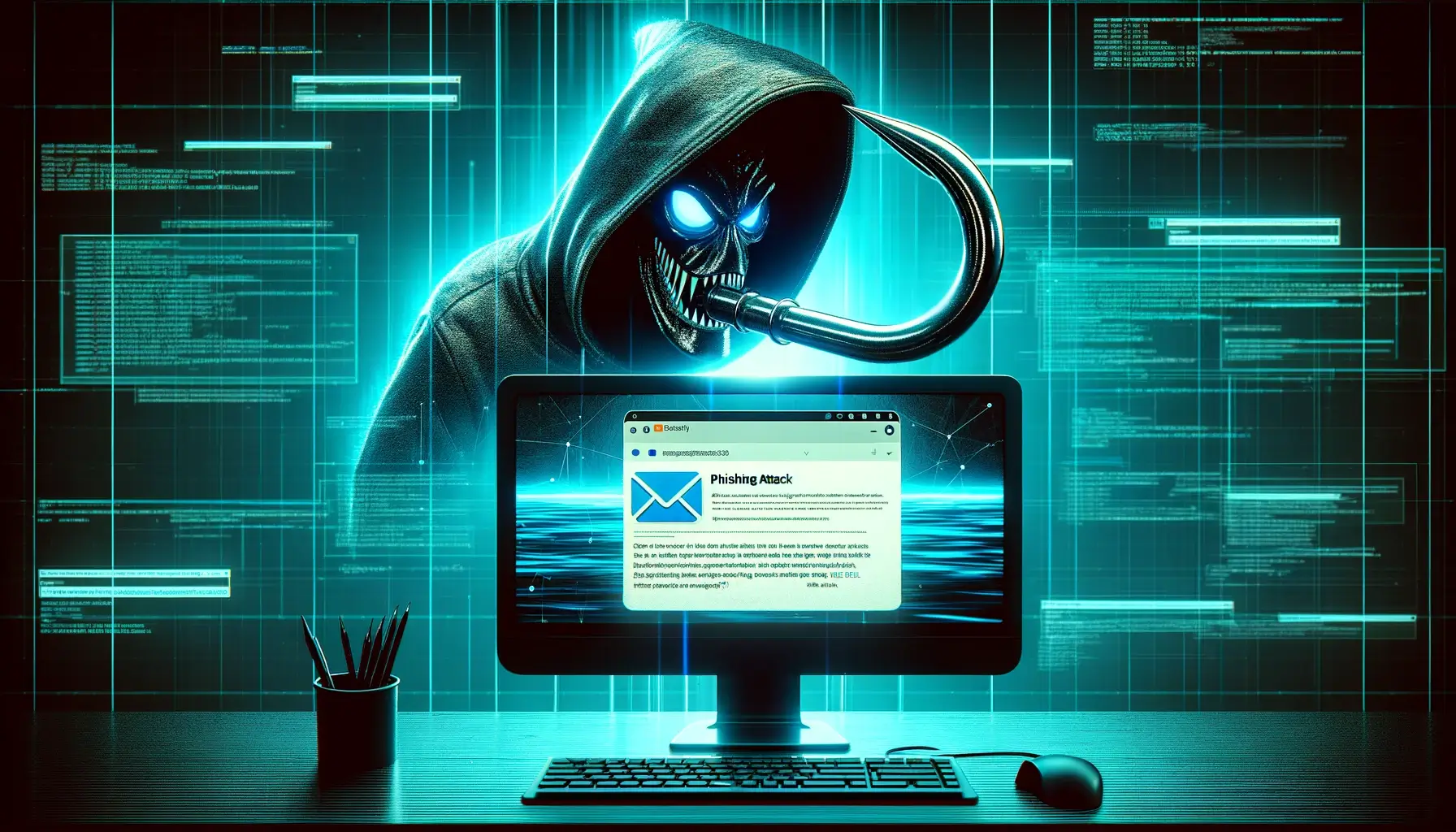Understanding and Countering Phishing Attacks

Understanding and Countering Phishing Attacks
Introduction
Phishing, a form of cyberattack, remains a persistent threat in the digital world. These attacks aim to deceive users into divulging sensitive information. Understanding the techniques used by hackers and knowing how to protect oneself is crucial for online security.
Common Phishing Techniques
Phishing attacks often use fraudulent emails, messages, or websites to impersonate trusted entities. The most common techniques include:
- Emotional Lure: Exploiting fear, curiosity, or urgency to prompt victims to act quickly.
- Brand Imitation: Using logos, layouts, and language that appear to come from legitimate companies.
- Spear Phishing: Specifically targeting individuals or businesses with personalized information to increase credibility.
- Deceptive URLs: Using website addresses that resemble those of real sites, often with slight spelling modifications.
Recognizing a Fraudulent Email
Identifying a phishing email can be tricky, but certain signs can help:
- Requests for Sensitive Information: Legitimate emails generally do not directly ask for sensitive data.
- Grammatical and Spelling Errors: Obvious errors may indicate a fraudulent email.
- Suspicious Links or Attachments: Beware of unsolicited links or attachments, especially if they ask for personal information.
- Strange Sender Addresses: Check the sender's address for anomalies or subtle differences from official addresses.
Prevention Measures
To protect against phishing, follow these recommendations:
- Training and Awareness: Educate yourself and your teams on the signs of phishing and security best practices.
- Source Verification: Before responding or clicking, verify the authenticity of the source.
- Use of Security Solutions: Install antivirus software and anti-phishing filters.
- Regular Updates: Keep your systems and software updated to protect against vulnerabilities exploited by phishers.
Conclusion
Phishing remains a significant threat in cybersecurity. However, a thorough understanding of phishing techniques, coupled with strong security practices, can greatly reduce the risk of becoming a victim. Stay vigilant, educated, and proactive to navigate safely in the digital world.
 English
English
 Français
Français

Add New Comment